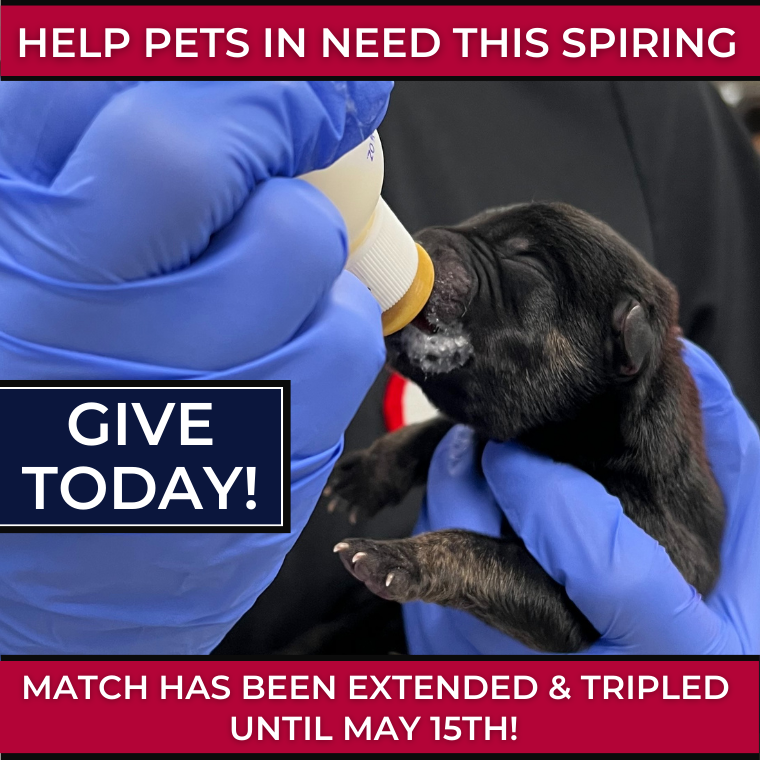Helping Paws: Uniting Lost Pets and Caring Hearts
Losing a pet can be a distressing experience, but we’re here to provide support, resources, and a platform to help you navigate the journey of finding your beloved companion. Likewise, if you’ve found a lost pet, we applaud your compassion and offer guidance on how to be their temporary hero until they’re safely back home. Together, let’s bring smiles back to both pets and their families.







